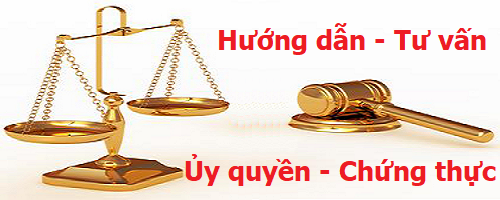The Year of the Dragon
February 5 was the first day of the traditional Lunar Year, the year of the Dragon.
The dragon is familiar to every Vietnamese, and it appears to have been for well over a thousand years.
When children go to school, they learn that Mother Au Co and Father Lac Long Quan gave birth to 100 children. Fifty of them went to the mountains and 50 others went to the sea. According to the legend, the Vietnamese people are the descendants of dragons.
The dragon is one of four sacred animals in the folk painting 'Long Ly Quy Phuong' (dragon; unicorn, tortoise; phoenix).
The dragon is a legendary animal. I t has a long body covered with scales; it has legs and can fly. It is regarded as the noblest of all animals. The image of the dragon originated in South- East Asia. It is combination of a crocodile and a snake.
Many place names in Vietnam are named after the dragon. They include Ham Rong (Dragon's Jaw), Thang Long (Rising Dragon), Ha Long (Descending Dragon), Bach Long Vi (Tail of the White Dragon) and Cuu Long (Nine Dragons). The Cuu Long (or Mekong) Delta is the land of nine dragons. Legend has it that once a young dragon lost its mother. As it flew to the south unable to find its mother. it went into a frenzy. It dug the land and made nine river mouths that ran into the vast sea. According to ancient belief, when people dreamed of a flying dragon, a good king would ascend the throne.
The image of the dragon is very popular in sculpture and ornament in Vietnam. In the bas-reliefs in communal houses, the faces of dragons bear a tho (longevity) symbol. The roof of the communal house is decorated with two dragons watching the moon. In large pagodas or mausoleums, there are sculptures of undulating dragons.
The ' dragon' word is used to designate the parts of the body or utensils belonging to the king. For example" minh rong (dragon's body), mat rong (dragon's face); ngai rong (dragon's throne); san rong (dragon's yard).
In the Ly Dynasty (1009-1225), dragons were depicted as large snakes whose face resembled that of gecko. They had no horns, no beard and no scales. The dragon was depicted only in the first four reigns, the most prosperous reigns of the dynasty.
In the Tran Dynasty (1226-1400), the head of the dragon was larger. There was hair and scales.
In the Le Dynasty (1428-1527), dragon was found at King Thien Palace. Its head was large with protruding eyes; one of its legs held its beard; it had long horns and its name was curled backwards.
In the Mac Dynasty (1570-1786), the dragons were mostly small; their mane and hair were thin. They had horns and four legs.
In the Nguyen Dynasty (1802-1945), the dragons on the threshold of the house of King Minh Mang (1791-1840) had short stout bodies; their eyes were wide open; their feet embraced a ball.
In the year of the dragon, Hanoians remember the 'undulating dragon and squatting tiger position' of ancient Hanoi in the 'Edict on the Removal of the Capital' by Ly Cong Uan (974-1028).
Vietnam, like other Asian dragons, is advancing towards a life of plenty, worthy of the children of the dragon. (VNA)




